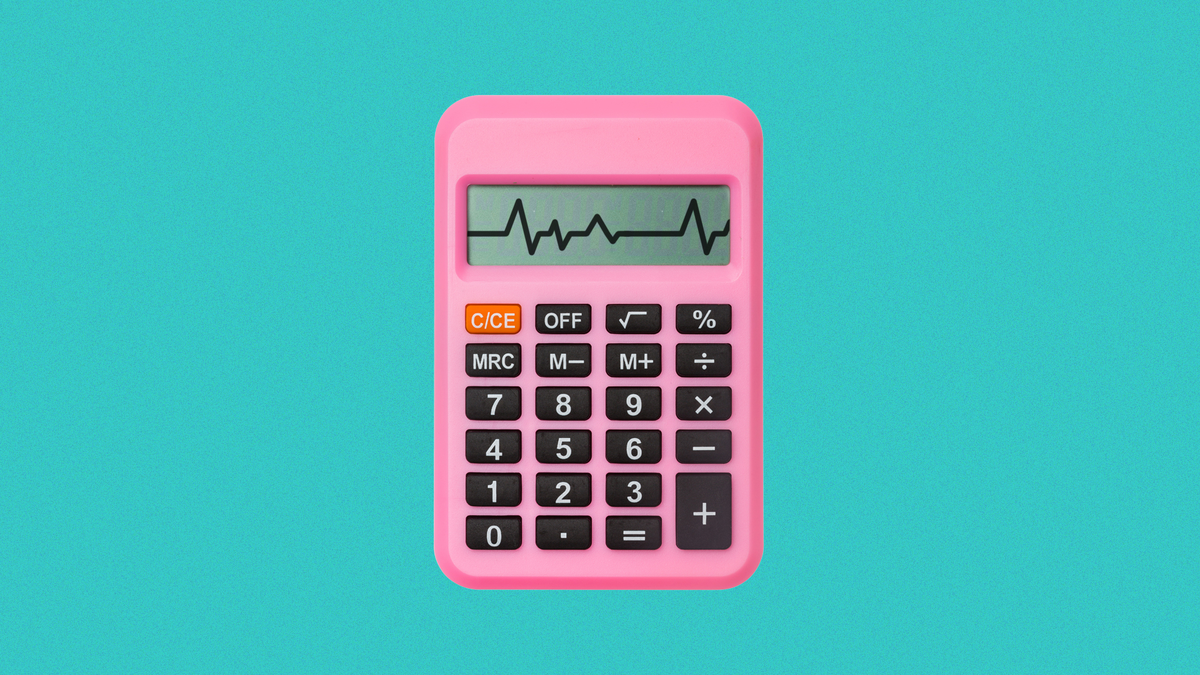
Economy, International Markets, Week in Review
Germany’s economy stagnates after a two-year contraction
After two years of contraction, Germany’s economic growth is set to plateau. Following a 0.2% decline in gross domestic product (GDP) the previous year, experts anticipate little to no economic growth in 2025. This contraction is largely due to ongoing trade conflict with the United States.

After two years of contraction, Germany’s economic growth is set to plateau. Following a 0.2% decline in gross domestic product (GDP) the previous year, experts anticipate little to no economic growth in 2025. This contraction is largely due to ongoing trade conflict with the United States.
Trade tensions have significantly disrupted Germany’s supply chains, which are already under pressure from high energy prices and foreign competition. As part of a broader set of tariffs on the European Union (EU), the U.S. imposed a 10% tariff for most goods and a 25% rate for steel, aluminum and cars on European countries. For one of the world’s largest export nations, these tariffs have heightened uncertainty and risk for German businesses—particularly in export-driven sectors like motor vehicles, machinery and chemicals.
A recent survey found that 80% of German companies in the manufacturing and information technology (IT) sectors expect negative economic impacts from U.S. tariffs. “Half of the companies in industry with U.S. exports fear that Donald Trump’s presidency will have a negative impact on them,” reads a Reuters article. “At 42%, companies without exports to the United States also expect negative effects, according to the ZEW survey.”
Meanwhile, Germany’s inflation rate is expected to be around 2.1% in 2025. In April, the inflation rate reached 2.1%, which is slightly above market forecasts of 2.0%, according to Trading Economics. The rate has continued to ease since the start of the year, according to the German Federal Statistical Office.
Economic instability has also weighed on Germany’s labor market. In May, the number of unemployed people rose by 34,000, bringing the total close to 3 million—a decade-high. Pantheon Macroeconomics forecasts that Germany’s unemployment rate will climb toward 6.5% in the coming months. “The labor market is not getting the tailwind it needs for a trend reversal. Therefore, we expect unemployment figures to continue to rise in the summer,” said Andrea Nahles, head of the German labor office, in an interview with Reuters.
Tariffs and rising global uncertainty are expected to weigh on consumption, investment and exports in Germany in 2025 and 2026. Measures in the government’s new coalition agreement—such as more infrastructure spending—may support the economy in the future, but likely not before next year, said Joachim Nagel, president of Deutsche Bundesbank, per Reuters.
“Positive effects of the new government’s plan to boost infrastructure and defense spending were visible in a turnaround of corporate confidence—partly offsetting the adverse and uncertain external environment,” reads a European Commission report.
According to FCIB’s Credit and Collection Survey, customers in Germany have averaged 13 days beyond terms, with 45% saying payment delays have stayed the same. The most common causes for payment delays are cash flow issues (50%) and billing disputes (40%). One respondent suggests it is best to have local contact when doing business with German customers. “Credit cards have helped with small balances as customers don’t have to deal with trying to submit payment through the banking processes,” another respondent wrote.
The bottom line: Germany’s economic stagnation is driven by global uncertainty and mounting tariffs. Though a recovery is expected in the longer term, near-term prospects depend on the success of political measures aimed at restoring confidence and growth.





